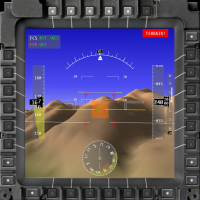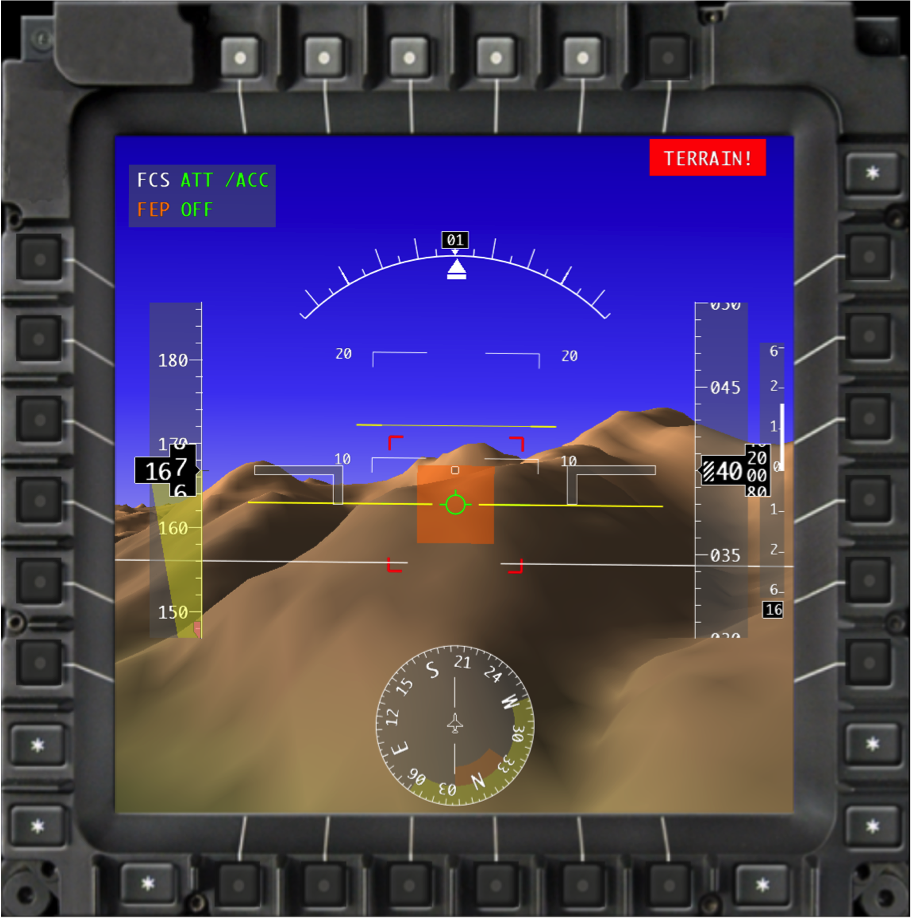Supporting pilot terrain awareness through ecological interface design.
The upgrade of the flight deck instruments from electro-mechanical dials and gauges towards computer-driven systems and interfaces was a necessary step to accommodate the increasing demands in flight technical performance and safety. The upgrade was a relatively slow process, however, where new systems were developed and installed as soon as the technology was available. As a result, many systems are not always well integrated in terms of presenting information. Together with the increasing amount of automation, the flight deck has become prone to issues such as information ambiguities and misunderstandings between the pilot and the (automated) avionic systems. This phenomenon is commonly labeled as a lack of “situation awareness” (SA) and has become a new cause for accidents. That is, pilots are unaware sometimes of the current flight situation, a situation that in itself may be caused by the automation. A recent example of this phenomenon is the Turkish Airlines accident near Schiphol on February 25 2009.
The focus of this thesis project was on aircraft terrain avionics, such as the Terrain Awareness Warning System (TAWS) and the Synthetic Vision System (SVS), that form a typical illustration of the evolution process and its issue regarding SA. The work in this thesis aimed to identify and address the missing information that would span the information gaps between the SVS and the TAWS to benefit pilot SA. The Ecological Interface Design (EID) framework was explored to accomplish this goal. EID was originally developed for the process industry (like nuclear power plants) and is therefore a rather novel approach in the field of flight deck design.
The results of experimental evaluations indicated that pilots managed to benefit from the ecological interface enhancements to successfully and safely deal with hazardous terrain conflicts, even when encountering unanticipated events. It was found that the ecological interfaces made pilots more aware of the aircraft capabilities and much more actively involved in the decision-making loop to prevent mishaps.


